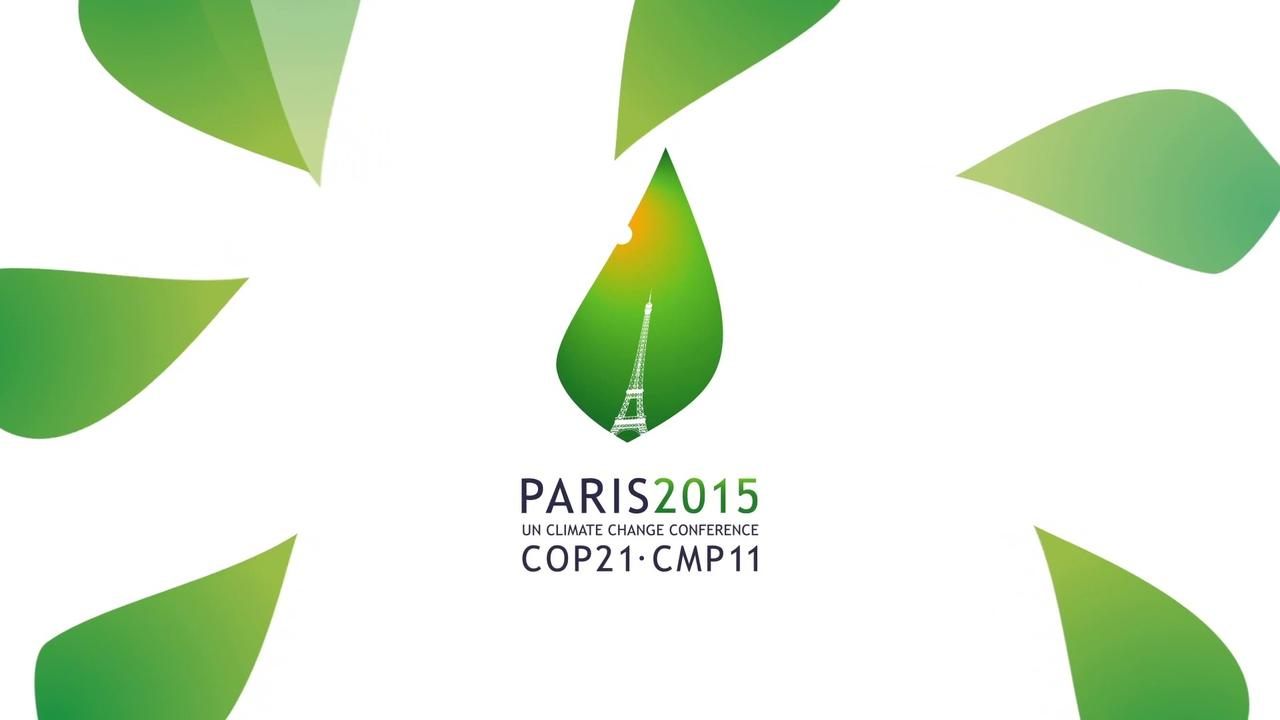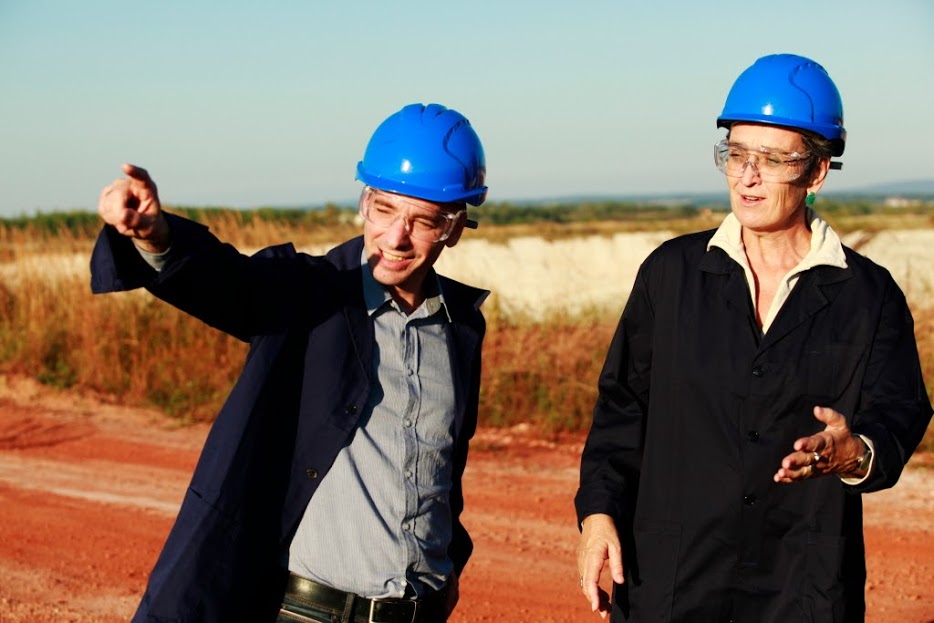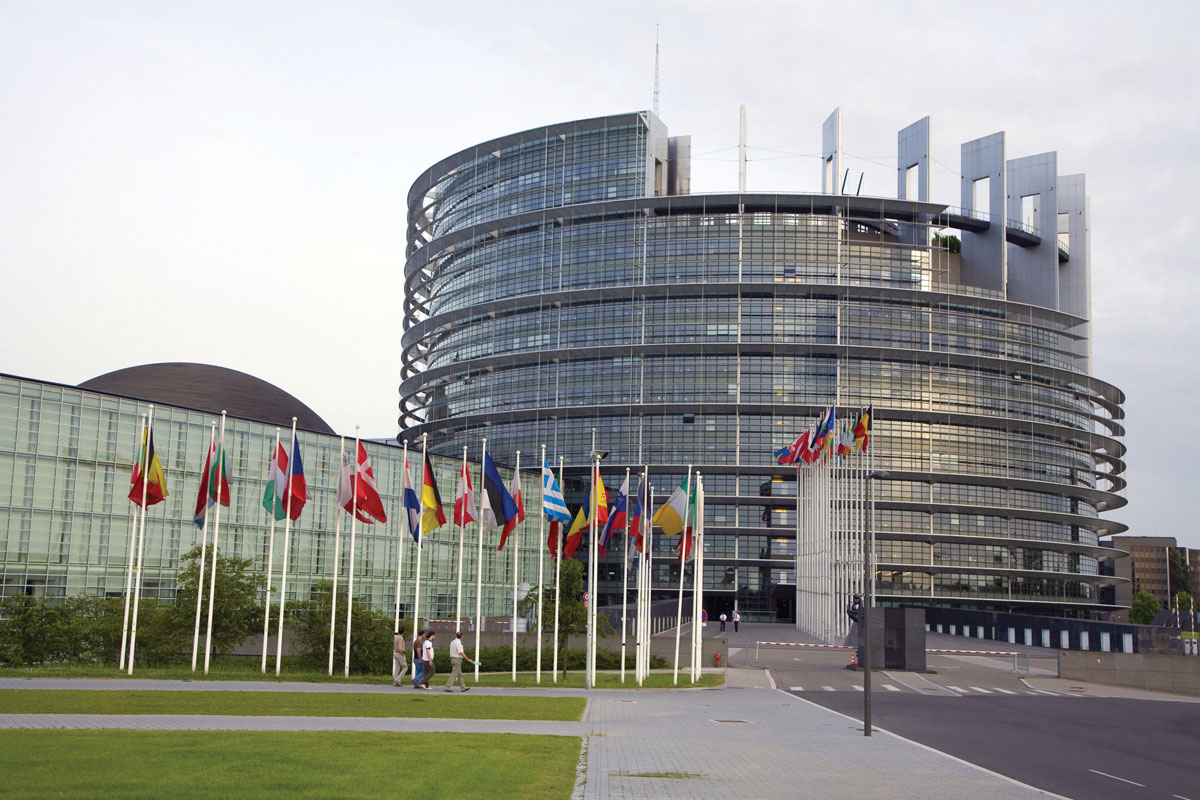Five years ago, at its own expense, Hungary has learned that we live in the shadow of environmental catastrophes that result in the loss of human lives. Not much has happened in the last five years to reduce the possibility of industrial accidents happening.
The government has taken one small step towards risk reduction: with the amendment of the mining law it clarified the authorities responsibilities for the technical supervision of facilities, such as red sludge reservoirs; however, the government simultaneously increased risks, with light-speed: it eliminated the autonomy of supervision authorities like the environment protection authority and mining inspectorate, both became part of governmental offices under political guidance and mining has become part of the office for consumer protection. In addition, it further restricted supervision capacities by radically decreasing public funding and human resources of the authorities.
As to the functioning of this authority system – it is clearly shown by the mismanagement of the poison-case at the Illatos road in Budapest
This time, however, it is not about the capital, but Kolontár, Devecser, Ajka and all the other areas affected by the red sludge catastrophe. The dam of the red sludge reservoir, located between Ajka and Kolontár, collapsed five years ago on October 4, 2010, as a result of which the escaping mass of thick alkaline sludge caused almost immeasurable and certainly unprecedented damages: ten people died and hundreds more were hurt either physically and or psychologically; the life of thousands has changed irreversibly. The sludge flooded an area of 40 square-kilometres and the government spent nearly 40 billion forints (approx. 130 million EUR) on renovation – as it later turned out, the money went to the then still important Simicska-Nyergest interest group, but larger amounts were pumped in the quarry of the Orbán-family as well.
Since then, houses have been either renovated or rebuilt, the land has more or less been cleared, the collapsed dam and the remaining sludge have been stabilized. Much less was spent on stitching damaged social ties in the region (many have moved away permanently, new rural areas were developed, traditional human relationships have loosened), mitigating psychological harm, and the long-term assessment of health damages, which would have been well-reasoned after such a shocking incident.
In addition, no measures have been taken towards the prevention of similar incidents, even though the task is not even remotely unfeasible: previously, together with environment protection NGOs and scientific think thanks we published a series of proposals from which, despite the almost unanimous consensus among relevant experts. Only the ones about short-term, emergency interventions were implemented.
- We initiated that the EU send an independent committee with a wide scope of effect on location, which would help Hungarian authorities (following the assessment method used in the case of the cyanide pollution in the Tisza river) in assessing environmental damages, in exploring the causes of the incident; the Orbán-government did not want to hear about this.
- No person within the authority and state administration responsible for the incident was identified, efforts were not to significant either.
- We requested the supervision of the emergency plans of national hazardous industrial facilities, mines, reservoirs – whether they address reality and whether the expectable consequences of a possible incident are adequately modelled. To this day no such supervision has taken place despite the fact that the catastrophe in Kolontár had such a destructive outcome precisely because the facility’s emergency plan was flawed.
- We suggested the development of a compulsory assurance system that guarantees responsibility with an adequate amount of insurance. The development of such a system, by the by, has already been prescribed by the environment protection law for twenty years now Such an assurance framework would make factory owners interested in the prevention of incidents; the insurance would cover the expenses of any possible damage done, so that it is not always tax-payers who are charged with compensation. The government, again, ignored this proposal.
- We urged the establishment of an EU-level safety foundation for hazardous facilities, which would be funded by payments coming from facilities with large environmental risks and would financially compensate for damages that could not be covered otherwise or that have no one to hold accountable. The Orbán-administration was not partner in this either; however, recently, the European Parliament is discussing the question.
The majority effort from the government’s part was put into shepherding towards Fidesz-friendly circles the assets and production capacity of the Mal Ltd., the owner of the Ajka alumina plant. This is obviously connected to the fact that the above-mentioned corporation is the biggest employer in Ajka and the neighbouring areas, none of which brought much success to Fidesz in recent elections. However, the basic question is still not answered, namely, the question of how the Central Transdanubian Inspectorate for Environment Protection could release a permit to MAL for regular waste-disposal, when the pH level of red mud is 13-13.5, i.e. it is high in alkali. This means that even according to the rules then in effect, the disposal was related to tailings undoubtedly categorised as hazardous waste.
No one, who could truly be held responsible, was ever found, and, naturally, all expenses had to be covered by the budget, that is, from tax-payer’s money. There is still no regulation that could effectively prevent similar catastrophes from happening and guarantee that companies, which, unless a problem occurs, produce profit, would not transfer expenses to tax-payers when, precisely because of “cost-effective operation” a problem does occur. It was not five years ago when Hungary first experienced such a problem. Fifteen years ago, the tailings dam in the Aurul gold-mine in Nagybánya, Romania, collapsed and flooded almost the entire Hungarian territory of the Tisza River with cyanide. The Hungarian state could not realise any compensation claims from the company or Romania in connection with a 29-billion-forint damage. It was also paid by us, Hungarian tax-payers.
The basis of the EU environmental policy follows the “polluter pays” principle. Well, in reality, it is valid in a slightly different way when it comes to industrial catastrophes: the polluted pays. The harm is caused in our societies and communities. And they are the ones paying for their own poisoning afterwards. This is unacceptable. It has to be changed and this is exactly what we are working on in the European Parliament on the fifth anniversary of the Kolontár catastrophe.
Furthermore you can read a report on the details here:
http://engineeringfailures.org/files/Kolontar-report.pdf





